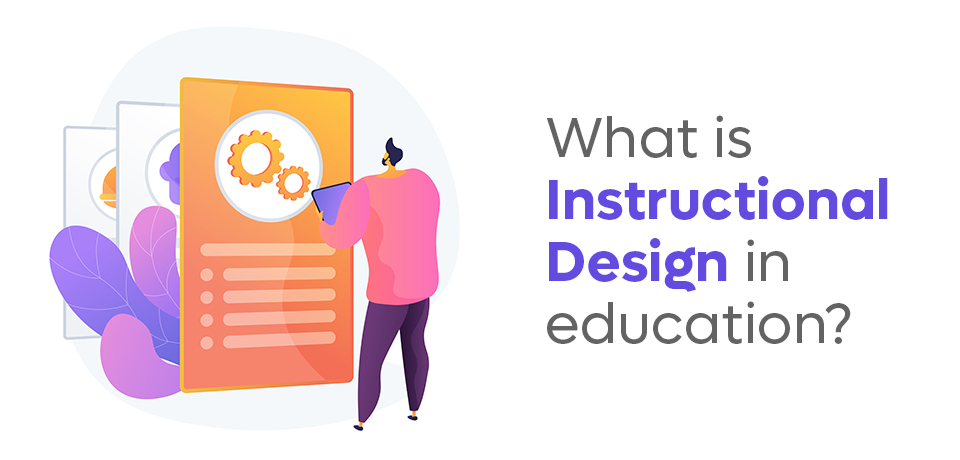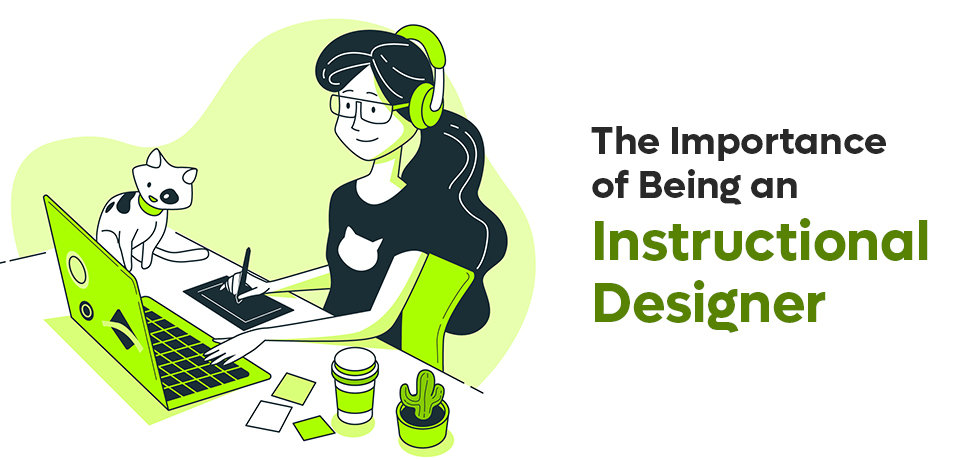
How do students grasp challenging concepts and college instructors ensure that their lessons are effective? How do a growing number of big companies on board new employees and train their employees?
How do a wide variety of private-sector and government organizations leverage modern tools to increase training and learning? The above process are different from one another but the perfect solution is instructional designing services.
In the 21st century, instructional design is one of the most significant disciplines across all industries. It was born out of the need to provide skills training for thousands of people who were assisting in the war effort during World War II.
Instructional system design (ISD) or instructional design services, is the process of creating learning experience in such a way that skills and knowledge are applied and acquired. The process involves devising a method, accessing needs, evaluating their usefulness, and developing materials.
In simple words, instructional design is the construction of lessons, modules, and instructional materials. Instructional designers use models of cognitive process and the individuals learning and use academic theories that support the learning experience.
These services ensure that instruction is as capable as possible when transmitting technical skill or knowledge to students.
The goal of instructional design is to identify the fundamental factors that tutors must study during the development of an educational program. The program will depend on the resources and tools available.
When it comes to launching the curriculum plan, instructional designers zero in on the learning requirements. They use a thorough approach that will yield optimal results.
Thus, institutions avoid wasting money on training that does not change behavior. The price of developing these tailor-made solutions, which are created from the ground up using instructional design principles. It is swiftly repaid through effective learning that leads to best results.
Instructional designers ensure that learning objectives are aligned and acquire information on institution objectives.
It is a chain reaction that starts at the top with set objectives. Because these research-backed solutions are designed to engage learners better, custom-built, they often produce perfect results.
Also Read: 6 Perks of investing in instructional design services

While various different instructional design procedures and methods exist, many elements are the same. They include analysis, design, development, and evaluation.
The factors for building a course vary for diverse groups of learners. Adults, for instance, like to be self-directed and are always interested in why they should learn anything. As a result, it is critical to keep this in mind while creating a course for adults.
Likewise, building a course for children varies from designing a system for grownups because children rely on explanation.
The student should accurately evaluate themselves by the end of the course. So how you design conditions, performance, and particular criteria should help them achieve the objective.
Definite objectives help the instructors select appropriate methods, material, assessments, and media.
After the first two elements, an essential aspect is developing your material. It should contain a presentation, pre-planned exercise, comments from the students and assessments.
Learners are more likely to enroll in a course if knowledge is broken into easy-to-understand and tiny chunks.
You can use one of the summative, formative or a pre-test evaluation criteria to determine whether the learner has seized the material.
At the end of the course, learners should be given and assessed timely feedback to understand their knowledge levels. It will help them determine whether or not to enroll in supplementary training courses to enhance their abilities.
Instructional design is pocket-friendly, given that it ensures students learn efficiently by creating top quality learning materials that take into account the weakness and strength of students.
These materials are also customized and focused to address the specific needs of educators. These professionals also guarantee training materials being created for business problems, which are well served with non-training answers.
Instructional design services yield optimal results. Those in this field create lesson plans intended to involve learners, so they are more likely to attain their goals.
Evaluation is a key final phase of instructional design implementation, so trainers can ensure that the learning sessions have been effective in meeting present purposes.
What is the prospect of Instructional design services?
The Covid pandemic stuck us and made us realize how essential it is to reach learners. As instruction moved online, teachers were left questioning- how can I decode classroom teaching tactics to a video platform?
The key here is instructional design services; mentors can leverage models and ID theories to create powerful lessons, irrespective of the setting.
In terms of instructional design trends, there is one concept that is gaining momentum. Micro learning is the idea that instructional materials should and can be crafted in small chunks that learners can access wherever they are.
For instance, if your learner travels for 40 minutes by train, instructional material can be created that fits that timeframe so they can complete the training before they get home or work.
This not only means that trainers can more successfully meet their learners wherever they are, they can also save resources and training development time.
Today, there is increasing recognition of the value of the instructional design services; it is not an addition to the traditional training but rather its own unit that is sustained by theory.
This has sparked new attention in pursuing a degree and working in the field of instructional design.

With instructional design services, transform your organizational culture and change behaviour and also you can engage your pupils. It is your means for organizational change.
Let bygones be bygones, when lengthy designed training content was randomly put to bore your learners into submission. Today modern learning technology permits your instructional designers to create content that your learners want to complete.
Acadecraft has a team of qualified Instructional designers precisely following instructions and having quality skills. Our instructional designers are competent, smart, and very conscientious.
Their skill involves designing various types of subject books, eBooks, layout designing, and thesis designing in accordance with client?s requirements. Additionally, our instructional designers apply basic research skills to design instructional projects.
Share